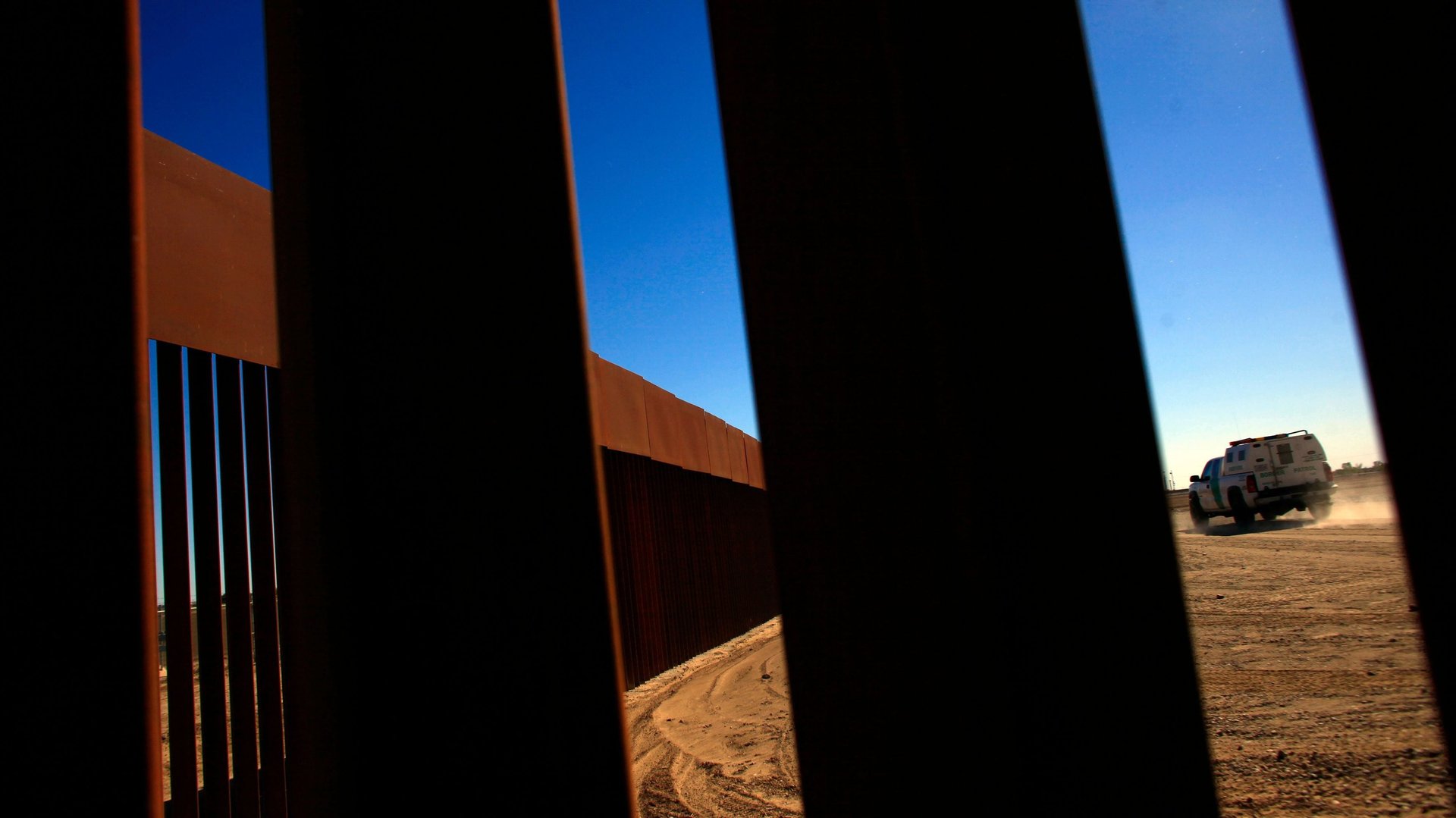The US will welcome a maximum of 30,000 refugees next year, the lowest in about four decades
Secretary of state Mike Pompeo said Monday (Sept. 17) that the US is again reducing the number of refugees it’s willing to admit into the country. The Trump administration had already slashed the ceiling from 110,000 in 2017 to 45,000 in 2018. For next year, the limit is 30,000.


Secretary of state Mike Pompeo said Monday (Sept. 17) that the US is again reducing the number of refugees it’s willing to admit into the country. The Trump administration had already slashed the ceiling from 110,000 in 2017 to 45,000 in 2018. For next year, the limit is 30,000.
The number is really just a maximum, because the US can accept far fewer than its ceiling. It is about to do that in 2018. Through the end of August, with just a month left for the end of the fiscal year in September, the US had admitted only 20,000 refugees, of the 45,000 it can.
The country is closing its doors amid a global refugee crisis. The number of people forced to leave their homes because of violence or persecution peaked at 68 million in 2017, and the number of refugees passed 25 million.
This anti-refugee stance, a result of Trump’s “America First” agenda and Trump’s perception of non-white, non-wealthy immigrants as a threat, is a stark change to the US’s historical attitude towards refugees. The US welcomed three million out of the four million refugees resettled around the world since 1980.
Pompeo claimed Monday the US is “the most generous nation in the world” when it comes to refugees, but it has done an about face under Trump.
In 1980 alone, Americans welcomed almost 210,000 refugees. And after the fall of the Soviet Union, in the 1990s, the country received between 30,000 and 60,000 people per year just from that region. Even after the September 11 attacks, the quota for refugees was set at 70,000. Admissions dropped sharply in 2002 and 2003 but rebounded.
The US is less generous than other countries on a per capita basis. An analysis by Pew shows that while it resettled 102 refugees per 1 million Americans in 2017, Canada resettled 725 per 1 million Canadians.